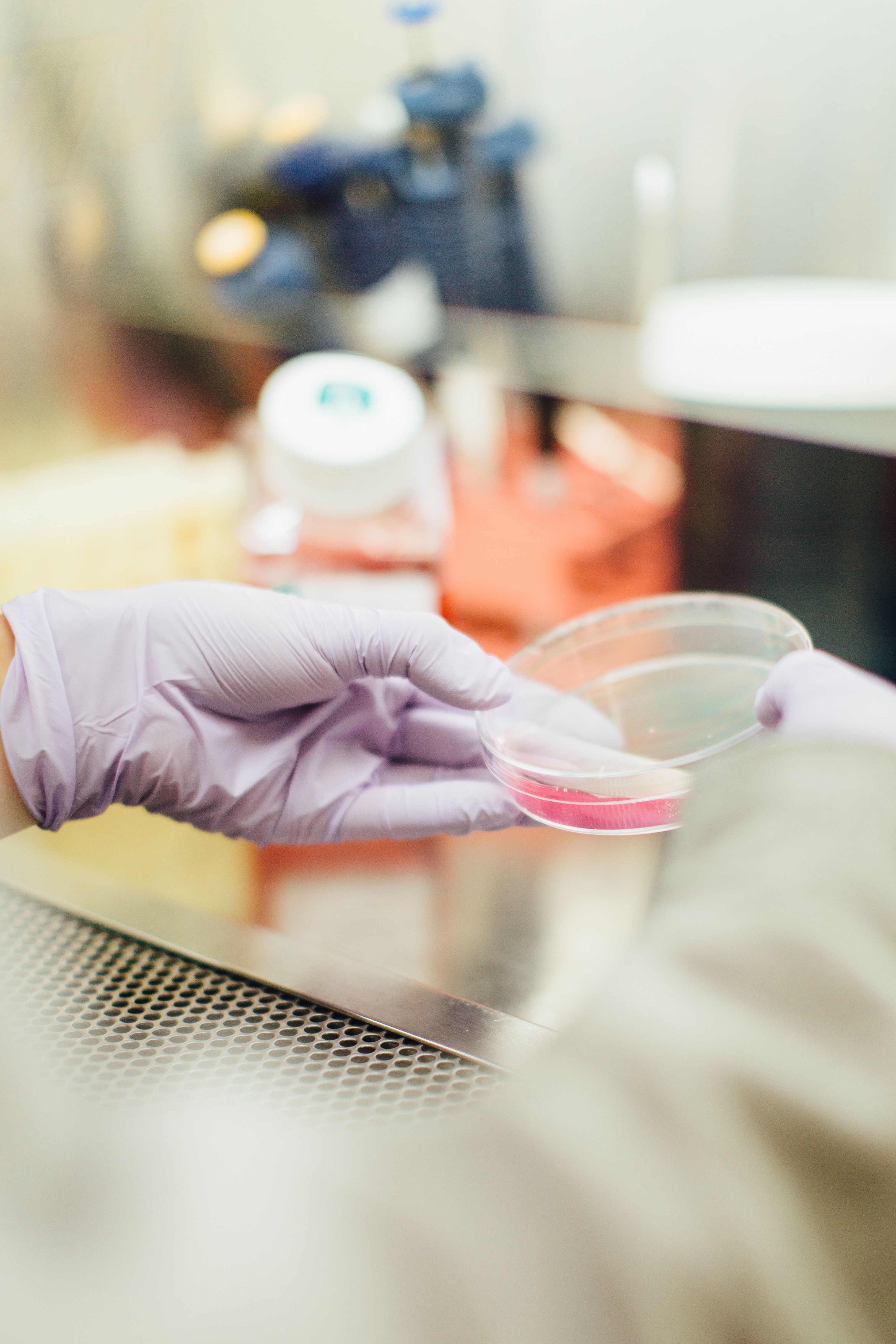BYOB: Build your own brain?
Scientists at the Eli and Edythe Broad Center of Regenerative Medicine and Stem Cell Research at UCLA have produced ‘mini-brains’ using human pluripotent stem cells. This work adds to and encourages further research into the engineering of accurate neural models for studying specific brain functions.
The team, led by neurobiologist Bennettt Novitch, mixed human pluripotent stem cells with a chemical mixture containing amino acids and vitamins. These cells were then left to multiply and allowed to aggregate, forming clumps of neural tissue which were transferred to petri dishes containing a growth supporting medium and oxygen, as well as Matrigel, a gelatinous mixture of proteins.
This work adds to and encourages further research into the engineering of accurate neural models
After 56 days, thinly sliced specimens of this neural tissue – which had formed rosette-like structures – were examined under a laser scanning microscope. This revealed that the specimens exhibited similar structure to those found in the brains of human foetuses at 14 weeks of gestation.
Pluripotent stem cells are cells which can transform into any cell type. These stem cells are found naturally in embryos or, can be produced by inducing a pluripotency characteristic in some adult stem cells. The cells have been used in a variety of ways to produce organ-like tissues known as organoids.
Pluripotent stem cells are cells which can transform into any cell type
Over recent years, laboratories around the world have been using pluripotent stem cells to create these ‘mini-brains’ for purposes of studying the human brain in more depth. Laboratories are currently perfecting the techniques and conditions required to generate neural clumps that are accurate models of the human brain.
This is necessary because the neural organoids produced by laboratories thus far vary considerably by protocol and do so even within batches made simultaneously. Stem cell biologist Arnold Kriegsten of the University of California San Francisco has stressed the importance of determining an optimum set of conditions, such that “the major focus now needs to be on reproducibility, and being able to get an approach that you can rely on to give you the same outcome each time.”
Laboratories are currently perfecting the techniques and conditions required to generate neural clumps
Researchers at UCLA have been honing their protocol by tackling the issue of circulation. Since neural organoids do not have their own blood supply, it is vital to find a method of ensuring essential nutrients and oxygen provided by the growth support medium reach all cells in the neural clumps to ensure longevity of these ‘mini-brains’. The method being used by Novitch’s UCLA team to tackle this is by growing their neural tissues in higher oxygen environments and chopping the ‘mini-brains’ – first at the 35-day mark and then again, every two weeks. This exposes cells on the inside of the tissue to he required oxygen and nutrients. The danger of this however, is that too much of cutting can damage the neural cells and so must be limited and balanced with the need of inner cells for oxygen and nutrients. Many other laboratories have therefore been using alternative techniques such as directly circulating the growth-supporting broth around the tissues. Yet, more needs to be done to determine the optimum conditions for reliable production of organoids in this way.
The production of ‘mini-brains’ has far-reaching effects for science, technology, and medicine. It can enable the study of specific brain regions; for example, a synthetic model of the hypothalamus region of the brain – which regulates body temperature – has already been produced. The use of organoids extends further to more accurate drug testing using synthetic organ models instead of in-person patient clinical trials as well as, more distantly, the production of personalised organ tissue for transplant procedures. Novitch welcomes this breadth of application, commenting that “organoids offer an unprecedented level of access to the inner workings of the human brain.” Indeed, this application of neural organoids can be extended further into the study of human neurological disease, such as epilepsy or even autism and schizophrenia.

Comments